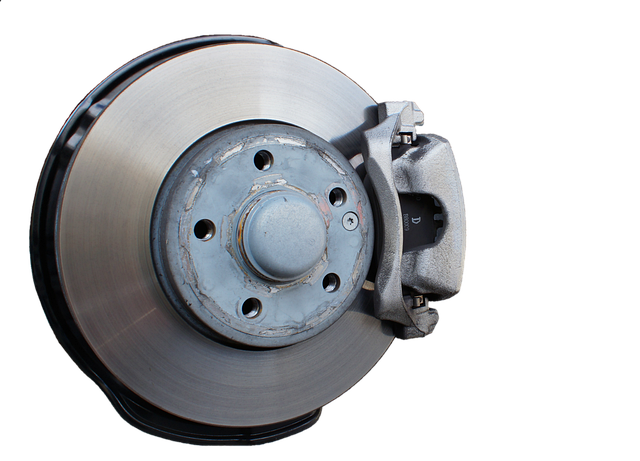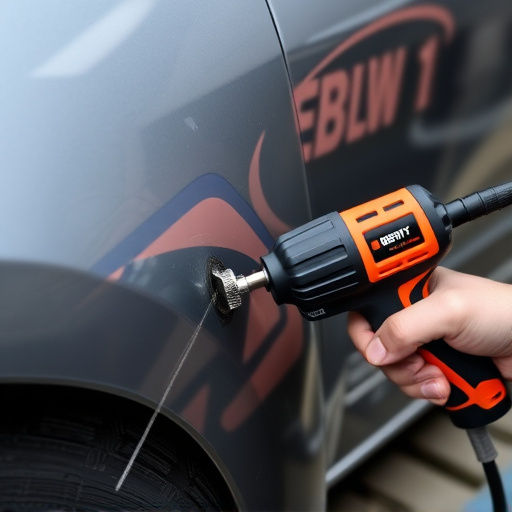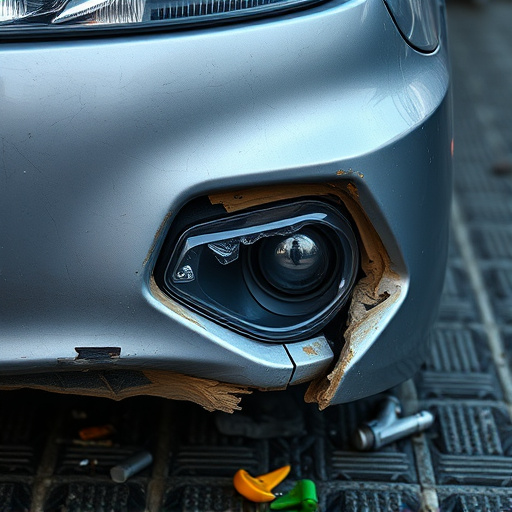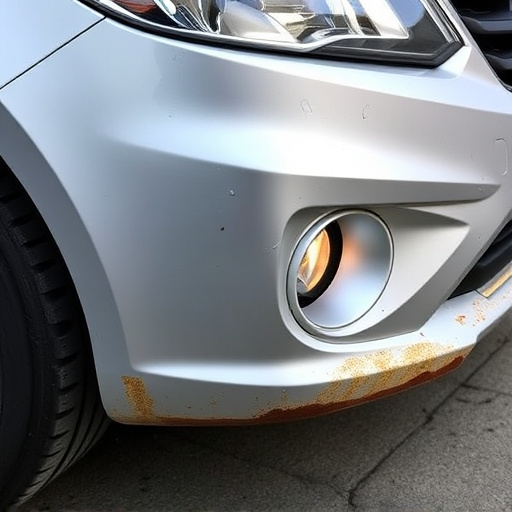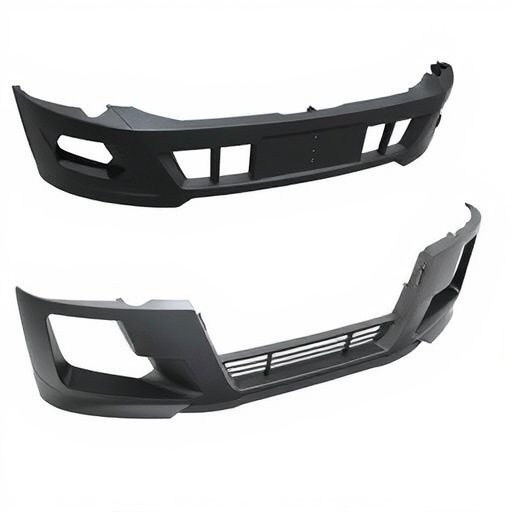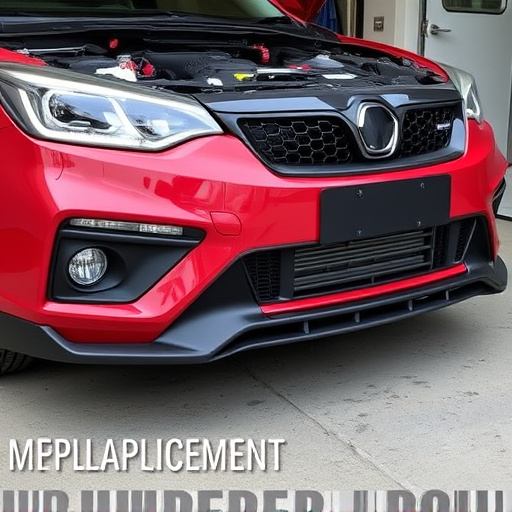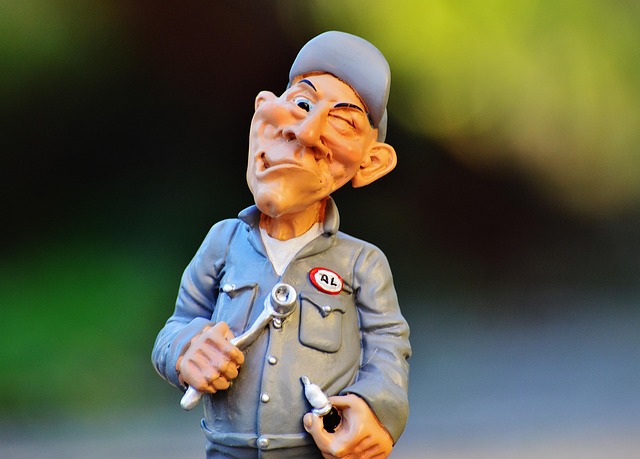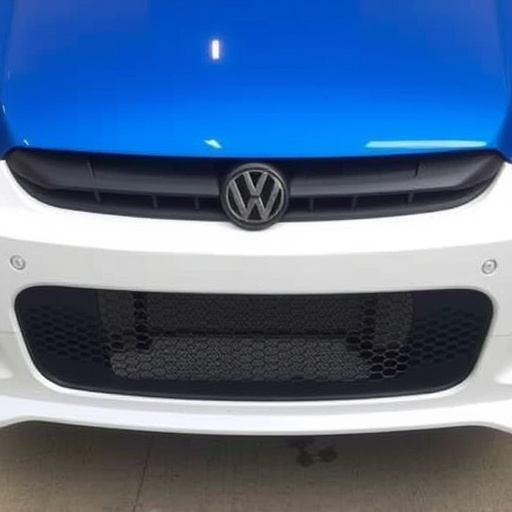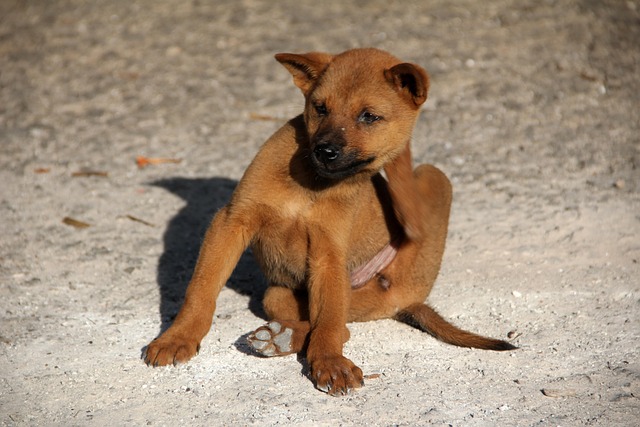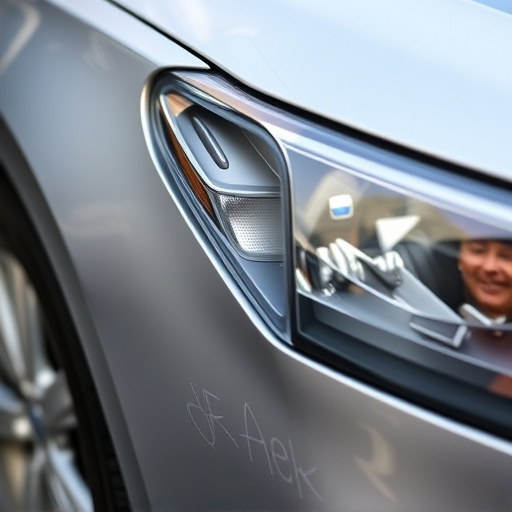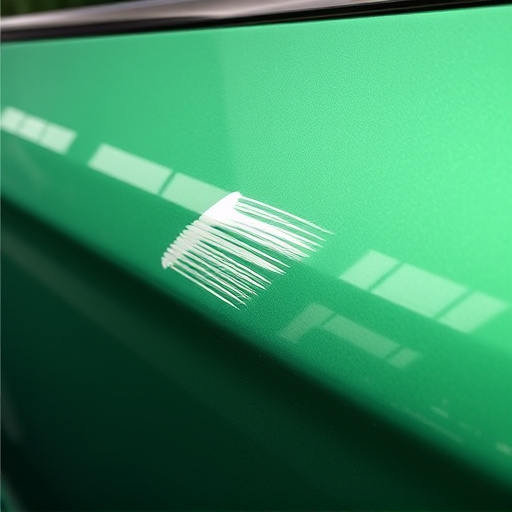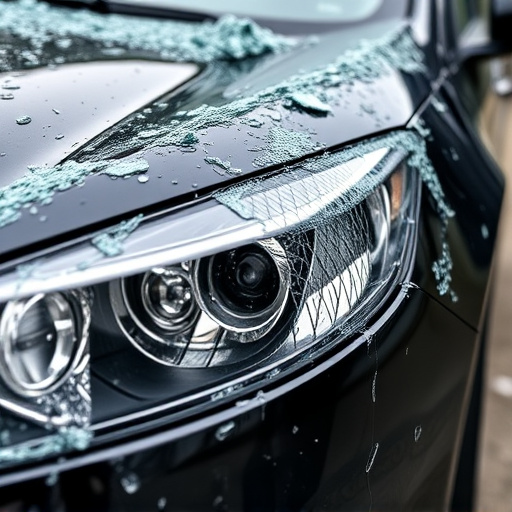Tesla Paint Protection Film (PPF) safeguards the car's exterior from environmental damage, maintaining its pristine aesthetic and resale value. Minor issues like scuffs or bug splatter can be repaired at home, but severe damage requires professional PPF repair shops using specialized techniques. Regularly inspect your Tesla for signs of PPF damage, prepare for repairs by gathering essential tools, and ensure optimal restoration for continued protection and appearance.
Tesla’s Paint Protection Film (PPF) is a valuable asset in safeguarding your vehicle’s finish from debris, bugs, and other environmental hazards. This innovative protective layer not only enhances aesthetics but also preserves the car’s resale value. However, despite its durability, PPF can still suffer damage from flying debris or insect residue. This article guides you through the process of efficiently repairing Tesla PPF, ensuring your vehicle maintains its pristine condition. We’ll cover understanding PPF, identifying and assessing damage, and a step-by-step repair guide for quick and effective restoration.
- Understanding Tesla PPF and Its Role in Protection
- Identifying and Assessing Debris or Bug Damage
- Step-by-Step Guide to Efficient PPF Repair
Understanding Tesla PPF and Its Role in Protection
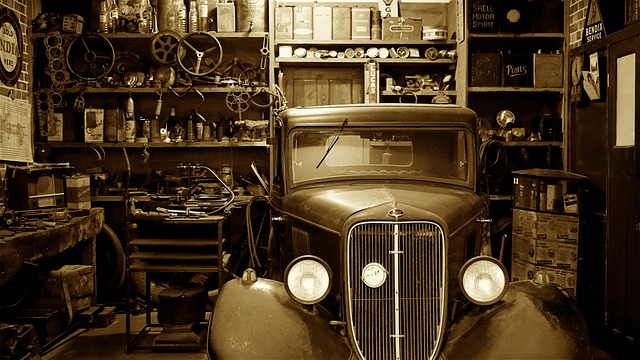
Tesla PPF, or Paint Protection Film, is a thin, clear polymer layer applied to the exterior paintwork of Tesla vehicles. It acts as an extra barrier, safeguarding the car’s finish from various environmental hazards like debris, bugs, and minor scratches. This protective film is particularly valuable for Tesla owners who want to maintain their vehicle’s pristine aesthetic and enhance its resale value.
When damage occurs due to debris or bug splatter, proper Tesla PPF repair becomes essential. A reliable collision repair shop equipped with expertise in auto body work can expertly address these issues, ensuring the PPF is seamlessly restored. Skilled technicians use specialized tools and techniques to remove damaged film, fill in scratches, and reapply fresh layers, effectively reversing the effects of minor accidents or everyday wear and tear, thus preserving the car’s stunning finish and protecting its investment.
Identifying and Assessing Debris or Bug Damage
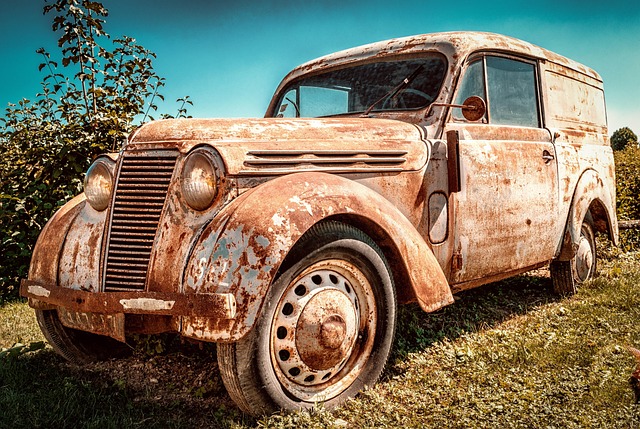
When it comes to identifying Tesla PPF (paint protection film) damage, the first step is to carefully inspect your vehicle’s exterior. Look for any signs of debris, such as small stones, twigs, or bug remains, which can cause scratches or chips in the protective film. These may not be immediately visible, so using a flashlight or examining under different lighting conditions can help uncover potential issues. Assessing the extent of the damage is crucial; minor scuffs and scratches can often be repaired at home, while more severe impacts might require the expertise of a collision repair center.
In the case of bug damage, you may notice sticky residues or even small holes in the PPF. While some light debris removal and cleaning can sometimes be done yourself using specialized car dent repair tools, more complex repairs, especially when involving large areas or deep scratches, should be left to professionals. They have access to advanced tools and techniques tailored for vehicle body repair, ensuring your Tesla’s paint protection film is restored to its original condition.
Step-by-Step Guide to Efficient PPF Repair

Identifying Tesla PPF (paint protection film) damage is the first step; look for small cracks, chips, or stains caused by debris or bugs. Once located, prepare the area by washing and drying the vehicle thoroughly to ensure a clean surface. Gather your tools: a razor blade, a cleaner designed for PPF repair, a new piece of paint protection film (matching your Tesla’s color), and a buffer if needed.
Start by removing any debris from the damaged area using the razor blade, being careful not to scratch the underlying paint. Clean the surface again, ensuring it is free from dust or dirt. Cut the new PPF to size, aligning it precisely with your car’s contour. Apply the film, starting at one edge and working smoothly across the surface. Use the buffer to smooth out any air bubbles or wrinkles, making sure a tight seal forms between the PPF and the paint.
Tesla’s Paint Protection Film (PPF) is a valuable asset for maintaining your vehicle’s exterior, shielding it from debris and bug damage. When damage does occur, efficient repair using the right techniques and materials ensures your car looks as good as new. By following the step-by-step guide outlined in this article, you can effectively restore your Tesla PPF to its protective state, preserving its sleek and durable finish.
